Arlee Theater in Mason City, Illinois, a locally-owned and operated art deco movie theater, which relies on volunteers to stay open, hosted its first Slow Art Day (and the first one we know of in a movie theater – wow!) with great success.

Ahead of the event, local residents were invited to submit an artwork to be considered for a slow looking session to be held on the big screen.
Arlee’s volunteer crew selected five artworks (out of the overall twenty that were submitted) to be shown for five minutes each before Saturday night’s movie screening. These replaced the normal pre-show advertisements, and were accompanied by brief contextual information about Slow Art Day to help orient people arriving at different times. You can view the five works below.
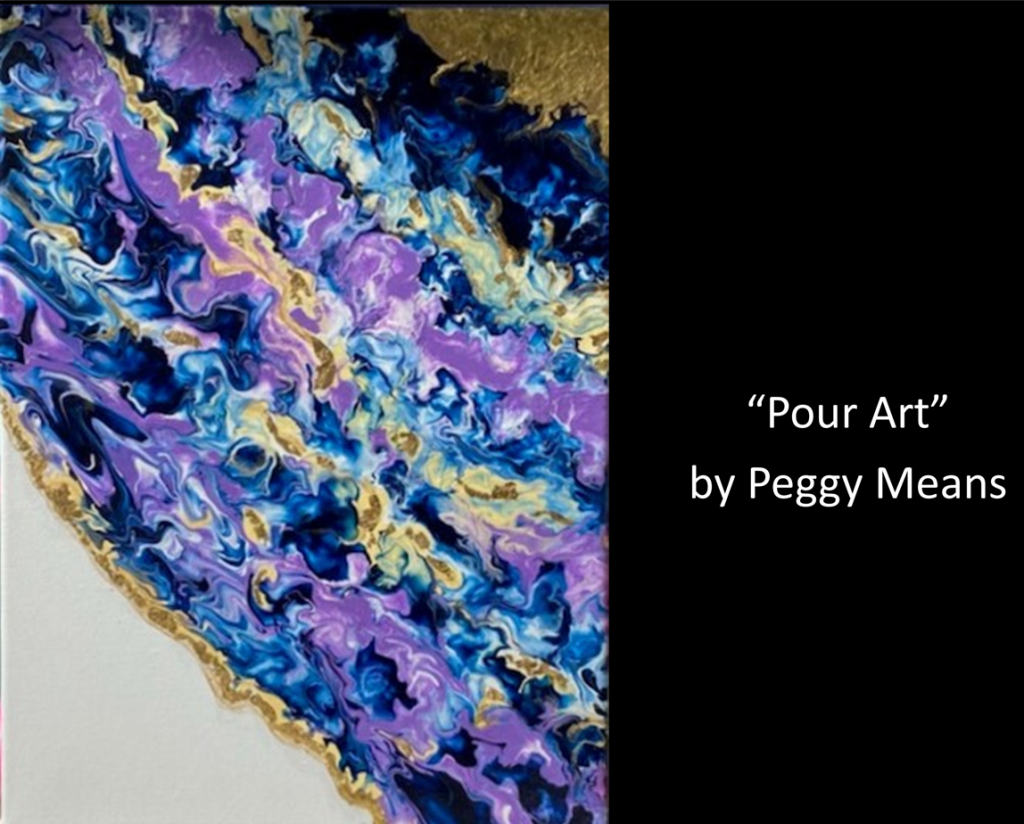
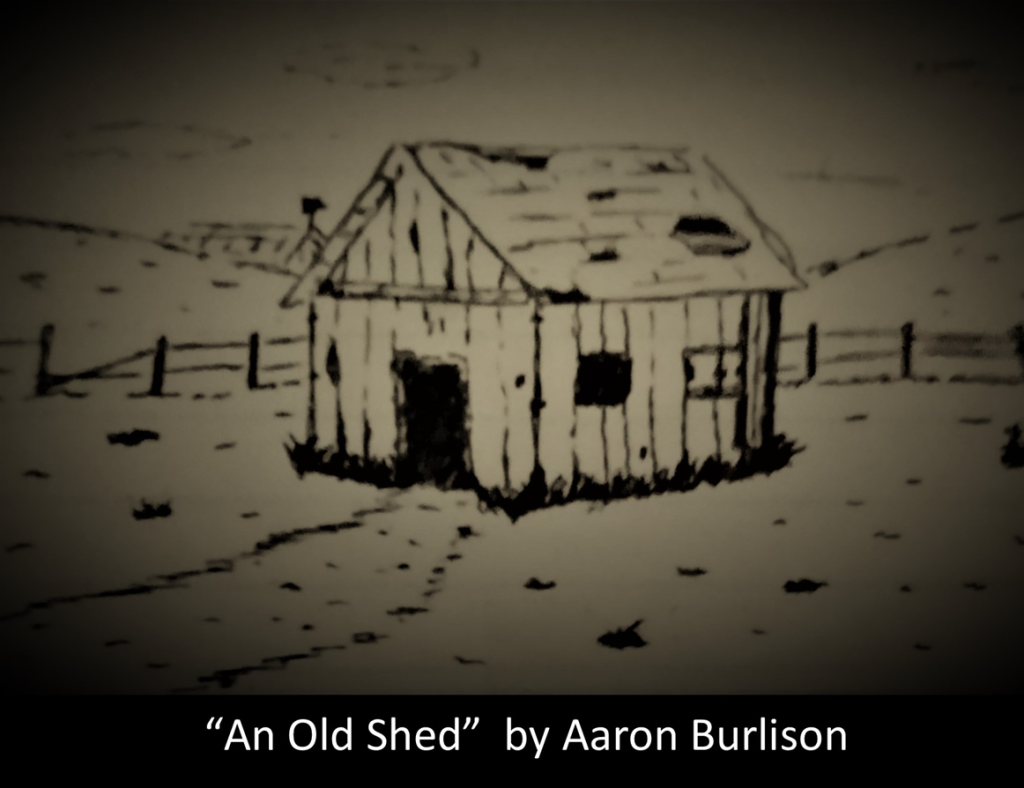
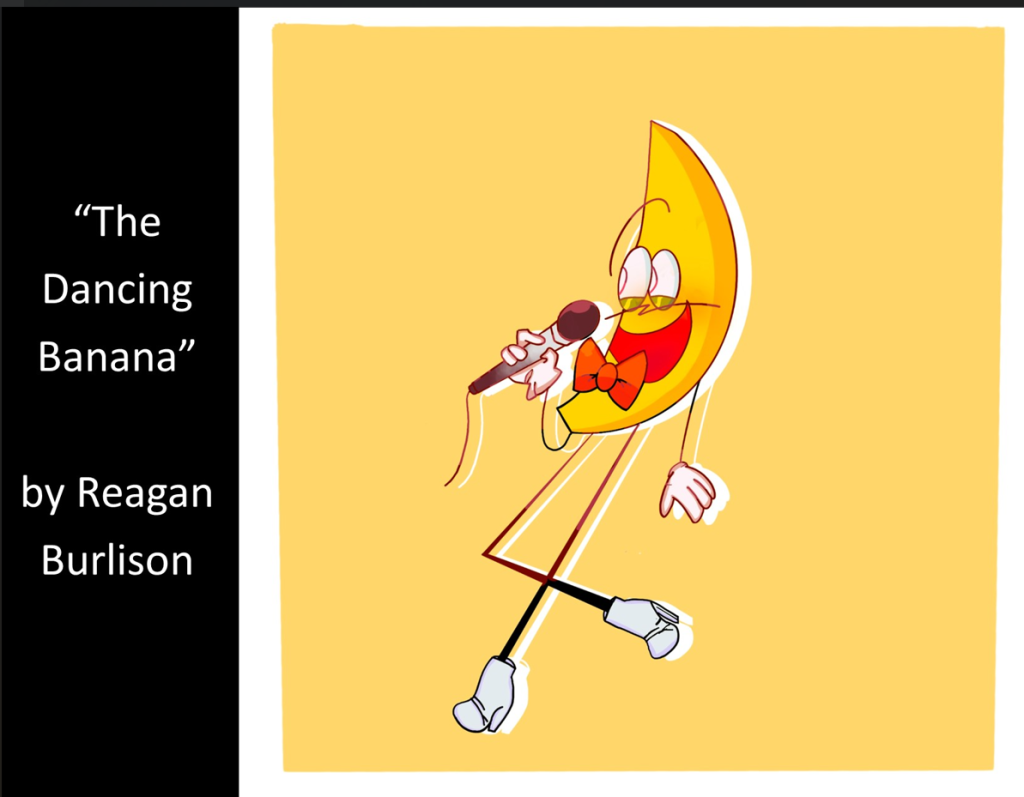
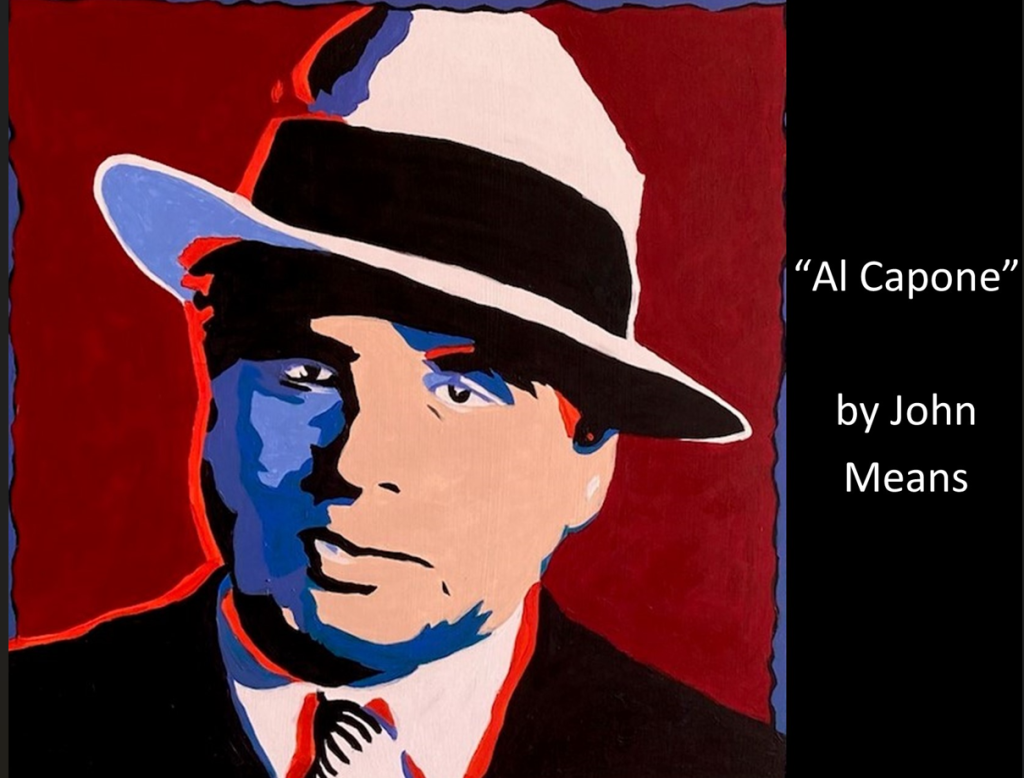
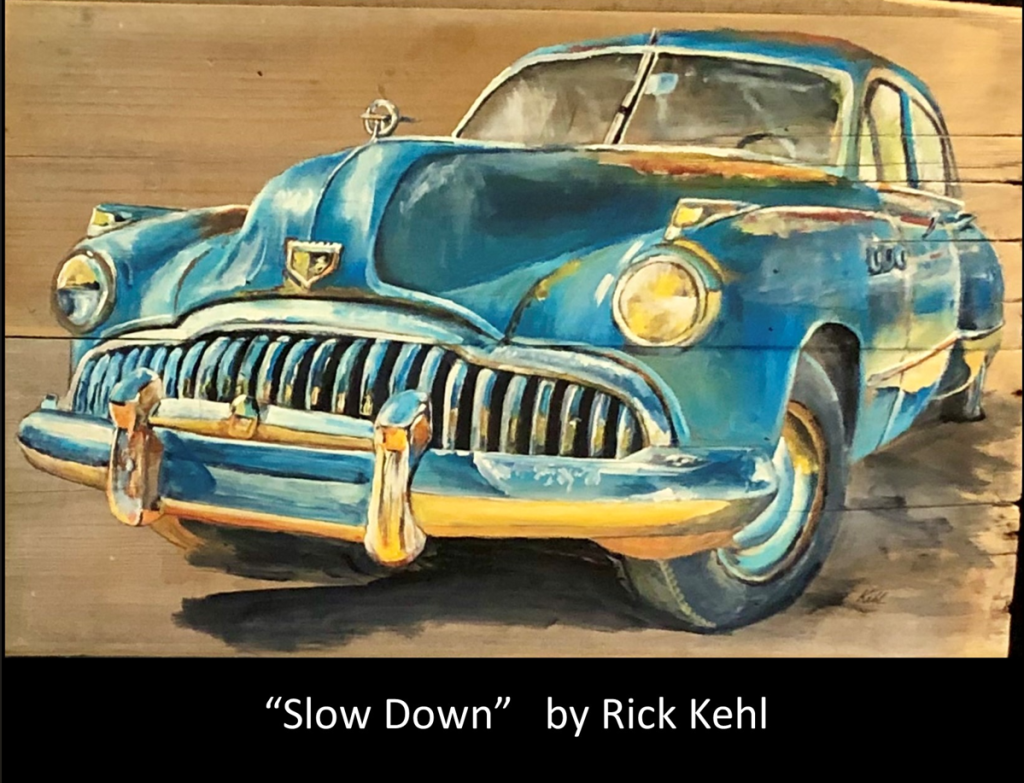
Following the event, a timed video of the artworks was uploaded to the Arlee website and Facebook page so people could participate at home as well.
Marcia Maxson Schwartz, who is an Arlee board member and volunteer, reported that they received a lot of positive feedback, including from visitors who rarely go to museums or galleries. In fact, by bringing art into the movie theater, Arlee is showing all of us how to bring art into the lives of *many* more people.
Further, Schwartz and her volunteer team hope to use this year’s success to create a citywide Slow Art Day in Mason next year.
“While we only had a couple of days to get things together, our team considers it a success and is looking forward to next year – we’ve even started the ball rolling with a store owner and the town’s librarian to coordinate events across this little town next year.”
Marcia Maxaon Schwartz
At Slow Art Day HQ, we love the pioneering efforts of the Arlee Theater and hope they start a movement of movie theaters around the world showing art slowly.
We also love the mix of kinds of institutions that are now participating in Slow Art Day – major national museums, regional and university museums, galleries, outdoor sculpture parks, avant garde art spaces, and local movie theaters in small towns. Hurray!
Art needs to be slowly seen *everywhere* and we thank the volunteers at Arlee for innovating a new way to reach more people.
We eagerly anticipate what Arlee and the town of Mason, which may host a citywide Slow Art Day in 2024, come up with for next year.
-Johanna, Ashley, Jessica Jane, and Phyl




